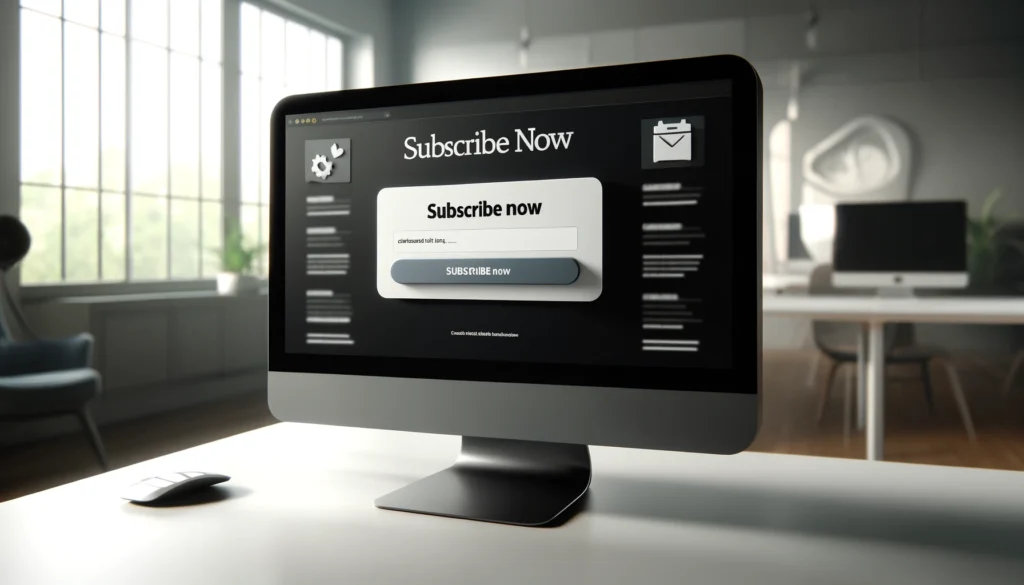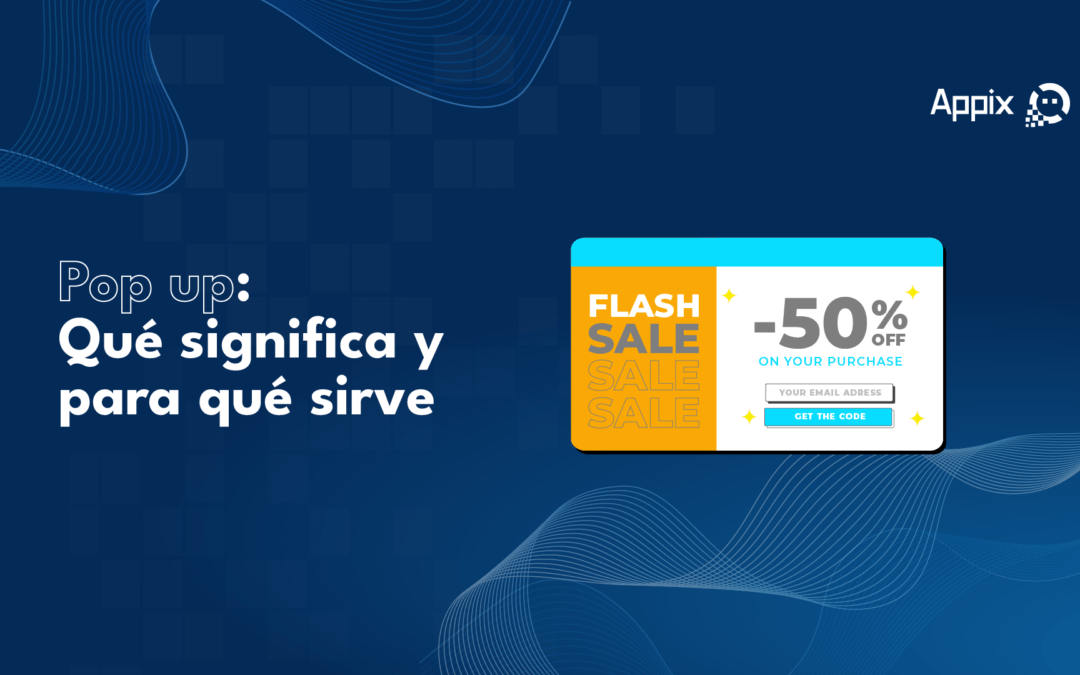En el mundo digital, captar la atención de los clientes potenciales es crucial para cualquier empresa o emprendimiento mediante su sitio web. Una herramienta efectiva y ampliamente utilizada para este propósito son los pop up. Aunque el término puede sonar técnico, su concepto y uso son bastante simples. En este artículo, te compartimos qué son los pop-ups, cómo funcionan, y cómo pueden ser útiles para tu negocio.
¿Qué es un pop up?
Un pop-up es una ventana emergente que aparece automáticamente en una página web sin que el usuario haya hecho clic en algo específicamente para que aparezca, a través de una configuración tu puedes configurar el tiempo en qué desees que el pop up aparezca una vez que el usuario entra a tu web. Estos pueden ser diseñados para múltiples propósitos, como recolectar direcciones de correo electrónico, ofrecer descuentos, o simplemente proporcionar información importante.

Tipos de pop ups
Los pop-ups pueden variar en diseño y funcionalidad. Algunos de los tipos más comunes incluyen:
- Pop-ups de suscripción: diseñados para recopilar correos electrónicos de visitantes, ofreciendo a menudo un incentivo como un descuento o acceso a contenido exclusivo.
- Pop-ups de salida: aparecen justo cuando el usuario está a punto de dejar el sitio, proporcionando una oferta o recordatorio de última hora que puede hacer que el visitante se lo piense dos veces antes de salir.
- Pop-ups de información: utilizados para comunicar información crítica o anuncios, como cambios en las políticas de privacidad o información sobre envíos.
- Pop -ups promocionales: se utilizan para poder colocar algún descuento que tengas disponible en ese momento.
Ventajas de usar pop ups
Los pop-ups son herramientas poderosas por varias razones:
- Incremento de la conversión: Los pop-ups con ofertas de tiempo limitado o descuentos pueden impulsar a los usuarios a realizar una compra.
- Generación de leads: Capturar correos electrónicos a través de pop-ups permite a los negocios construir una base de datos de clientes potenciales interesados.
- Mejora en la retención: Un pop-up de salida con una oferta atractiva puede reducir las tasas de abandono del sitio.
Mejores prácticas para pop ups
Para que los pop-ups sean efectivos y no intrusivos, considera lo siguiente:
- Tiempo adecuado: El pop-up no debe aparecer inmediatamente después de que un usuario llegue a tu sitio, sino después de que haya tenido tiempo de entender el valor de tu oferta.
- Fácil de cerrar: Asegúrate de que el pop-up pueda cerrarse fácilmente para no frustrar al usuario.
- Contenido atractivo: Ofrece algo de valor real, como un descuento significativo o contenido exclusivo, para incentivar una acción por parte del usuario.
Consideraciones éticas y legales
Es fundamental implementar pop-ups de manera ética y cumplir con las leyes de privacidad como GDPR o CCPA. Asegúrate de no utilizar datos recopilados a través de pop-ups de manera indebida y siempre ofrece una opción clara para los usuarios de optar por no participar o cerrar el pop-up.
Conclusión
Los pop-ups son una herramienta de marketing excepcional que, si se usan correctamente, pueden aumentar significativamente tanto la captación de clientes potenciales como las conversiones. Con las prácticas recomendadas que hemos compartido, puedes comenzar a implementar pop-ups de manera efectiva y ética en tu sitio web para ver resultados tangibles.
Sigue visitando nuestro blog para conocer más acerca del mundo digital.

